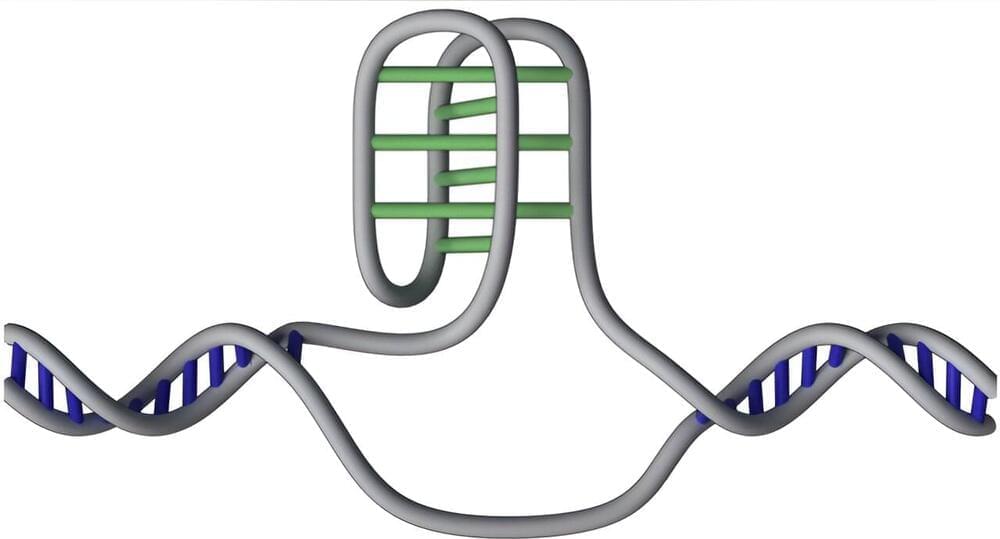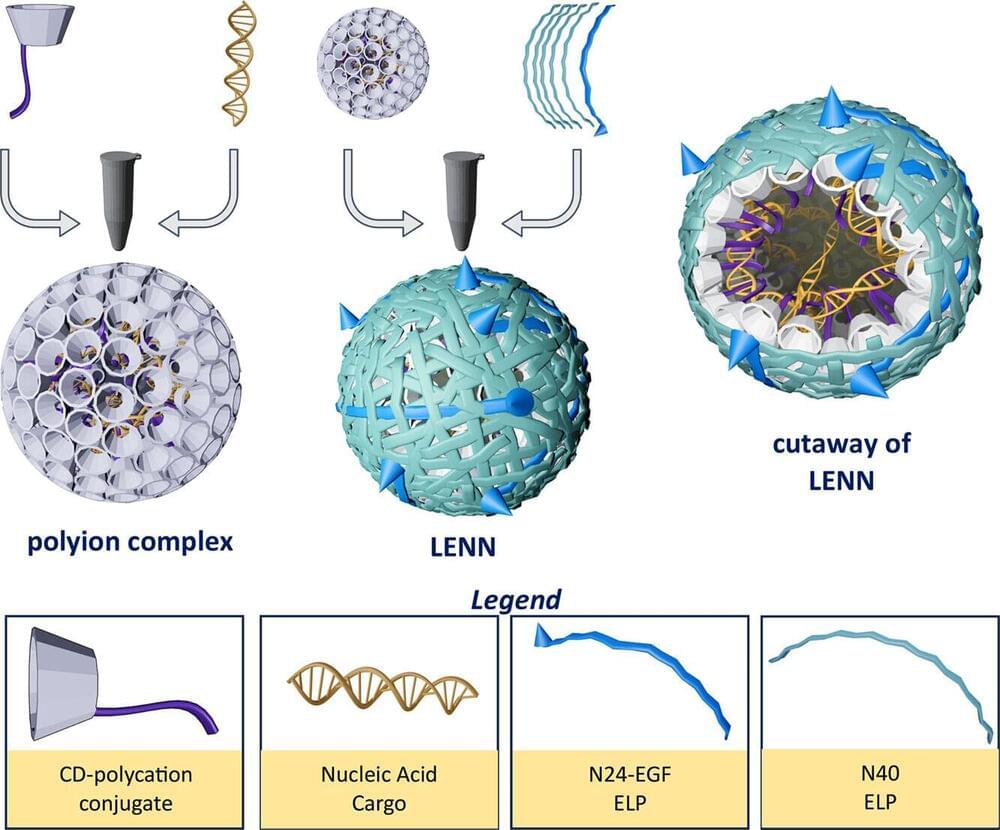An innovative study of DNA ’s hidden structures may open up new approaches for the treatment and diagnosis of diseases, including cancer.
Researchers at the Garvan Institute have unveiled the first comprehensive map of over 50,000 i-motifs in the human genome, structures distinct from the classic double helix that may play crucial roles in gene regulation and disease. These findings highlight the potential of i-motifs in developing new therapies, particularly in targeting genes associated with cancers.
Unraveling the Mysteries of DNA i-Motifs.








